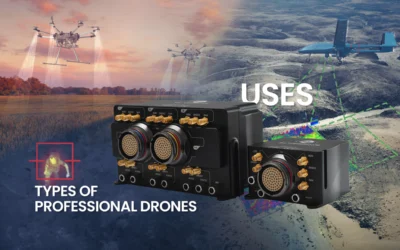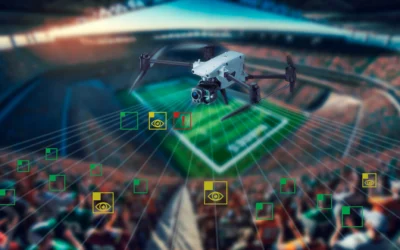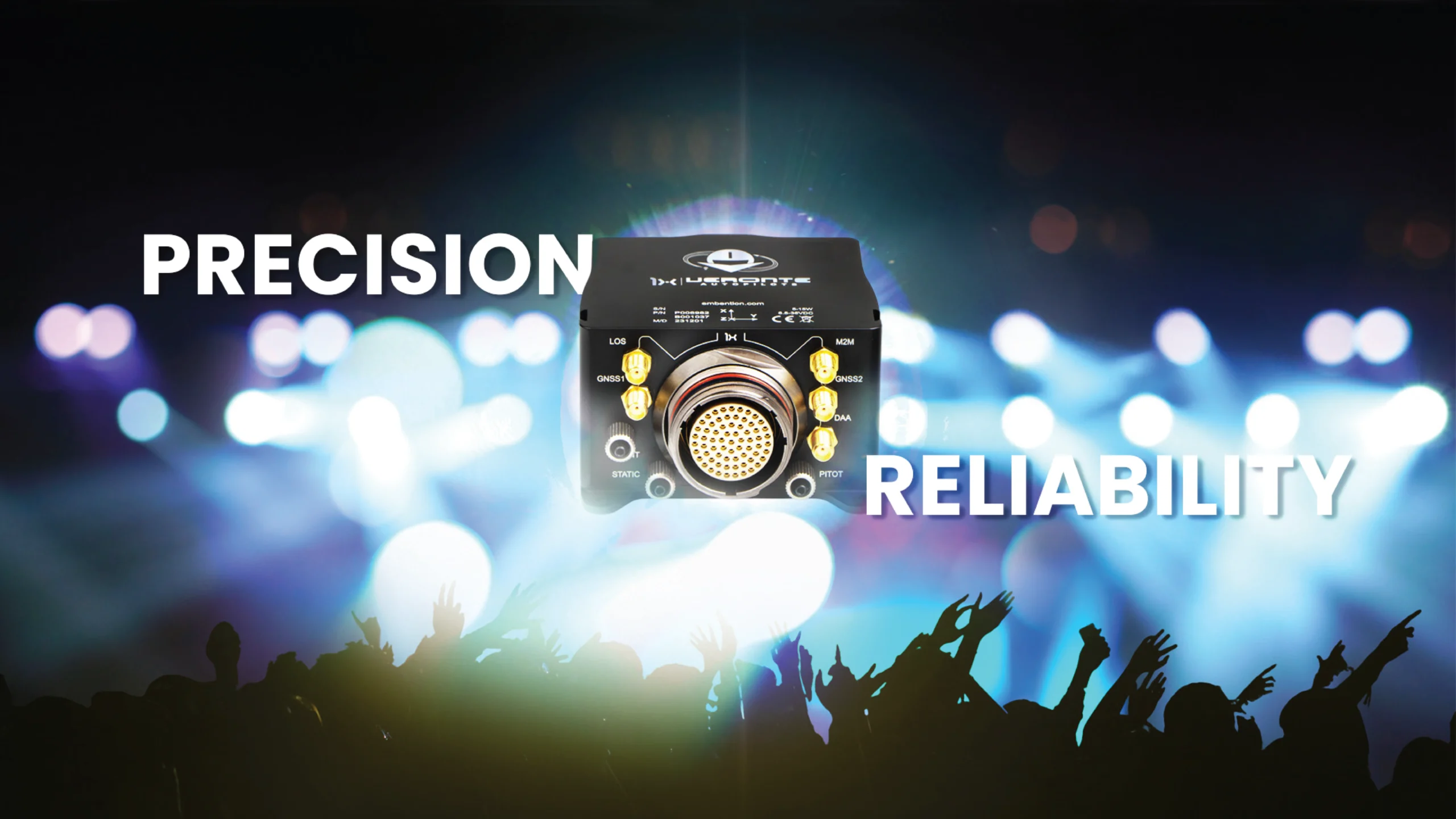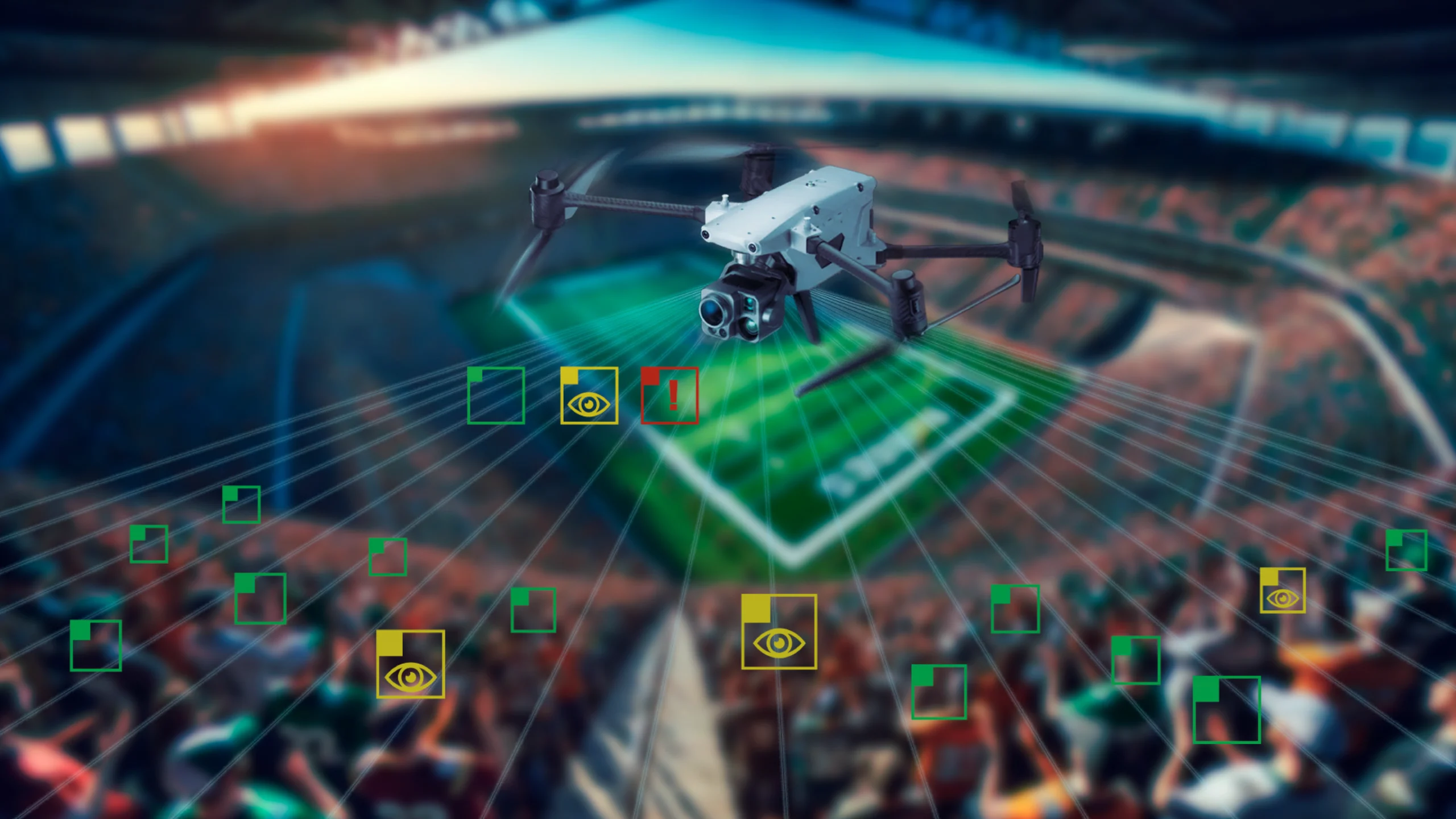Volz is a leading manufacturer of actuators focusing on the aviation market. These actuators are made in Germany and are widely used in all fields of activity, from UAV systems (air and defense) to urban air mobility platforms and piloted vehicles. Embention is positioned as a leading supplier of autopilots and critical components for drones and eVTOL, developing high-performance systems in compliance with aircraft certification standards. Both companies have joined their efforts in order to deliver a fully integrated solution ensuring a unique degree of reliability.
Working hand in hand with Embention, Volz has incorporated a CAN Bus (Controller Area Network) interface to their servos, being fully compatible with the Veronte Autopilot. Allowing the user to make full use of the actuator’s diagnostic capabilities (such as position, current, temperature and voltage feedback), and extending the amount of data that can be exchanged between the autopilot and the servo units at the time that the communications bus reliability is enhanced.
CAN Bus for Robust Communications
The UAV industry is growing rapidly and more and more complex systems are appearing, the requirements of the communication protocols are ever more demanding in bandwidth and speed. Traditional PWM control is a proven solution for small drones but, when it comes to large vehicles with long cable distances, the CAN Bus is the preferred choice in order to ensure robustness in communications.
Many advantages distinguish CAN Bus interface from other communication protocols, such as, high speed operation (25kbps – 1Mbps), high immunity to electromagnetic interference and high reliability due to the fact that it requires very little wiring and is more robust than traditional interfaces. Furthermore, CAN is one of the most reliable communication networks used in the industry.
DA 58-D – redundant CAN interface
The DA 58-D, with a peak torque of >200Nm / 1770 Ibf-in and a rated torque of 80Nm / 780 Ibf-in, is the strongest, electromechanical, fully integrated actuator in the market. Aside from the well-proven redundant RS 485 interface, the DA 58-D also features a redundant CAN bus interface, as a result of the assessment of Embention during the development process. The actuator has been developed for applications with highest reliability demands. Its redundant -two channel- design allows continuous operation even if one of the two channels fails. All major components of the actuator are continuously diagnosed by the microcontrollers of the actuator and its health status can be read via the redundant RS485 / CAN interface.
CAN communication in Veronte Autopilots
Veronte Autopilot 1x is able to handle up to 30 servos and actuators simultaneously, no matter if it is for aircraft control, payload activation, or any other function within the drone system. For this, multiple interfaces can be used but the CAN Bus is the recommended protocol for large vehicles and complex systems. CAN Bus is in use in the Veronte flight controller for more than 10 years now and it has been intensively proven in multiple vehicle configurations.
With two independent buses, CAN Bus in Veronte Autopilot has been defined as a configurable communications protocol so it is possible to define all the parameters needed for interfacing with servos or other devices (maiboxes, IDs…). The dual CAN Bus also permits the definition of redundant system architectures, especially when using the triple redundant flight controller Veronte Autopilot 4x.
CAN interface is the best suited communication protocol in order to standardize the way each component communicates, ensuring compatibility, expandability and installation longevity. The synergies between Volz Servos and Veronte Autopilot make it possible to ensure an outstanding degree of reliability in large UAV systems and Urban Air Mobility applications, foreseeing that the future of the industry will be linked to CAN communications.















